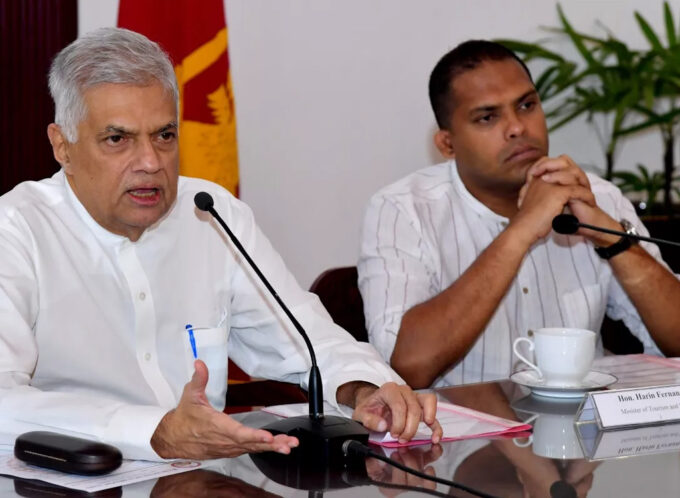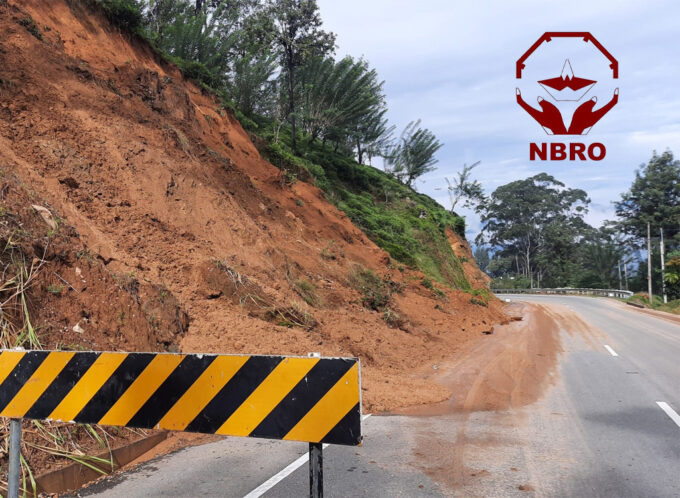Sri Lanka’s growing dependence on government guarantees has turned into a silent threat, tightly binding public finances to the performance of state-owned enterprises (SOEs) and state banks.
According to the Finance Ministry, by September 2024, outstanding guarantees and letters of comfort had surged to Rs. 1,660 billion, around 5.5 percent of GDP, underscoring the scale of the country’s hidden liabilities.
While these guarantees have been vital in financing public utilities and infrastructure, the International Monetary Fund (IMF) has repeatedly sounded alarms over their mounting fiscal risks.
In its 2025 Technical Assistance Report, the IMF warned that “fiscal risks in areas such as state-owned enterprises, guarantees, public-private partnerships, financial sector, and natural disasters remain substantial.”
A large portion of these guarantees stems from currency swaps and trade credits provided by the Reserve Bank of India to the Central Bank of Sri Lanka, backed by state guarantees.
Major SOEs, including the Ceylon Electricity Board, Ceylon Petroleum Corporation, Road Development Authority, SriLankan Airlines, and the National Water Supply and Drainage Board — collectively account for more than half of these obligations.
Meanwhile, state banks such as the Bank of Ceylon, People’s Bank, and National Savings Bank remain the largest domestic lenders tied to these guaranteed loans, heightening systemic exposure.
For decades, the issuance of guarantees and on-lending occurred without proper credit evaluation or clear safeguards. Many loss-making SOEs benefited from state-backed borrowing to maintain essential services and infrastructure, often without any accountability or assessment of repayment capacity.
This practice has left the government increasingly vulnerable to contingent liabilities that could crystallize into direct fiscal burdens.
To curb these risks, Sri Lanka enacted the Public Debt Management Act (PDMA) in June 2024, creating a structured legal framework to oversee guarantees and on-lending practices.
The PDMA mandates the Public Debt Management Office (PDMO) to carry out credit risk assessments before extending guarantees and to limit such support to non-distressed entities.
Complementing this, the Public Finance Management Act (PFMA) reduced the maximum ceiling on outstanding guarantees to 7.5 percent of GDP, aiming to promote sustainable debt control and fiscal discipline.
Yet, despite these reforms, the IMF cautions that the overall fiscal exposure “remains substantial.”
The government is currently drafting detailed regulations to operationalize the PDMA, including mechanisms for risk evaluation, mitigation, monitoring, and public reporting.
These steps are designed to close the loopholes that previously allowed unchecked guarantee issuance and to strengthen transparency and accountability.
Sri Lanka’s experience underscores the delicate balance between using guarantees to stimulate growth and avoiding the fiscal dangers they conceal.
The real test lies in enforcing the PDMA and PFMA effectively. Only through disciplined risk management and transparent governance can the nation prevent today’s financial safety nets from turning into tomorrow’s fiscal time bombs.











Leave a comment